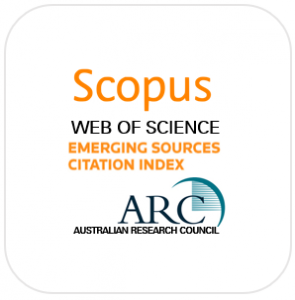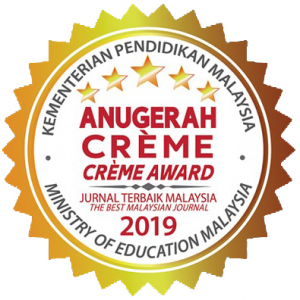ABSTRACT
In a 2019 interview, the musician, dancer, and educator I Nyoman Wenten discussed the centrality of Balinese religious practices, emphasising that sacred artistic offerings and questions about the natural environment are “always intertwined”. What accounts for this kind of intertwinement in Bali? In this article, this question is approached by exploring Balinese Hindu concepts including tri hita karana and sekala/niskala, which are related to post-1945 Balinese Hinduism while also connecting to the millennium- old water irrigation system of subak. Scholarship about subak has mainly occurred in the areas of anthropology, environmental analysis, and tourism- related studies, but there are broad connections to Bali’s well-documented musical traditions as well. This article suggests how Balinese ideas about spirituality, engagement with the natural world, and approaches to the arts involve forms of “relational practice”. Some ways in which Bali has hosted a multiplicity of religious and artistic processes that have nurtured productive and enduring relationships among people, nature, and the sacred are discussed. The article proceeds by first providing some history and concepts involving Balinese Hinduism. Then, aspects of subak as social processes akin to artistic practice are considered, after which music and the arts as they relate to concepts including tri hita karana and sekala/niskala are discussed. The article concludes that relational practices are historical traditions to learn from and adapt as ways to navigate a changing present. Regularly shared artistic pursuits and communal offerings are ways of drawing immediate human interactions together with the natural environment and beyond.
DOWNLOAD

